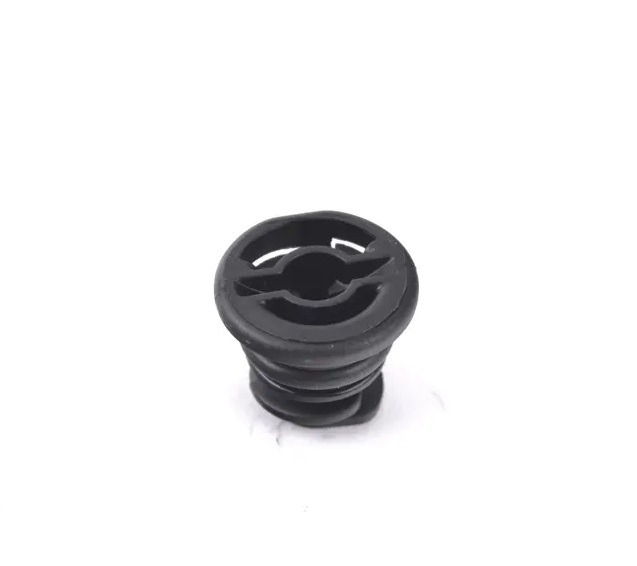o ring types
Understanding O-Ring Types A Comprehensive Guide
O-rings are ubiquitous components in various industries, serving essential functions in sealing applications. These simple yet effective rings are circular in shape and made from elastomeric materials, designed to prevent the leakage of fluids or gases. While they may appear trivial, the choice of O-ring type can significantly affect the performance and longevity of a mechanical system. In this article, we will explore the different types of O-rings, their materials, applications, and the factors that influence their selection.
Types of O-Rings
O-rings can be categorized based on several factors, primarily their design, material, and application. Here are the primary types of O-rings
1. Standard O-Rings These are the most common types made from various elastomeric materials. Standard sizes are defined by international standards such as AS568 and ISO 3601. They are typically used in general sealing applications across many industries.
2. Backup Rings Used in conjunction with O-rings to prevent extrusion under high pressure, backup rings can be either static or dynamic, depending on the application. They are essential for high-pressure systems where the O-ring alone cannot withstand the forces against it.
3. V-Rings Designed primarily for dynamic applications, V-rings offer more flexibility and higher resilience with respect to axial movements. These rings are often used in rotating applications, such as pumps and motors.
4. Quad-Rings Also known as X-rings, quad-rings feature a four-lobed design that allows for better sealing performance compared to standard O-rings, especially in low-pressure situations. They create a larger contact area and are less prone to twisting during installation.
5. Solid O-Rings Unlike standard O-rings, solid rings do not have a circular cross-section. Instead, they can have varied geometrical profiles to suit specific sealing requirements.
O-Ring Materials
The material of an O-ring directly influences its performance and durability. Various materials are available, each suited to different environments and applications
1. Nitrile Rubber (NBR) Commonly used for its excellent resistance to fuel, oils, and general chemicals, NBR O-rings are widely found in automotive and industrial applications.
o ring types

2. Fluorocarbon (FKM) Known for its high-temperature and chemical resistance, fluorocarbon O-rings are often used in applications involving aggressive chemicals and high temperatures.
3. Silicone (VMQ) silicone O-rings are flexible and withstand extreme temperatures, making them ideal for applications in the food and pharmaceutical industries.
4. Polyurethane (PU) These O-rings are known for their exceptional abrasion resistance, making them suitable for hydraulic applications, where wear and tear are likely.
5. Ethylene Propylene Diene Monomer (EPDM) With excellent resistance to heat, ozone, and weathering, EPDM O-rings are often used in outdoor and automotive applications.
Selecting the Right O-Ring
Choosing the right O-ring involves considering several factors, including
1. Application Environment Assessing the temperature, chemical exposure, and pressure conditions is critical. Different materials suit different environments.
2. Size and Design Selecting an O-ring with the appropriate dimensions and profile ensures proper sealing and fits within the designated groove.
3. Static vs. Dynamic Determine if the application is static (stationary) or dynamic (moving), as this influences the choice between standard O-rings, V-rings, or backup rings.
4. Performance Requirements Understand the mechanical, thermal, and chemical performance requirements needed for the application, which helps narrow down material choices.
Conclusion
In summary, O-rings constitute a fundamental aspect of many sealing applications across multiple industries. Understanding the various types—from standard O-rings and backup rings to V-rings and quad-rings—alongside their appropriate materials, is crucial for optimal performance. The selection process should consider the specific needs of the application, ensuring longevity and reliability. Properly chosen O-rings can prevent leaks, enhance efficiency, and ultimately contribute to the success of mechanical systems.
-
The Ultimate Guide to Car Repair Kits: Tools and Essentials Every Driver Should Own
News Aug.01,2025
-
The Complete Guide to Oil Pan Gaskets: Sealing Engine Leaks the Right Way
News Aug.01,2025
-
Preventing Oil Leaks: A Complete Guide to Oil Pan Gaskets and Drain Seals
News Aug.01,2025
-
Everything You Need to Know About Oil Pan Gaskets and Drain Plug Seals
News Aug.01,2025
-
Essential for Car Owners: How to Use a Car Repair Kit to Deal with Minor Breakdown
News Aug.01,2025
-
Comprehensive Guide to Engine Oil Sump Gaskets and Related Seals
News Aug.01,2025
-
The Ultimate Guide to Boat Propeller Bearings and Trailer Wheel Bearings
News Jul.31,2025
Products categories















